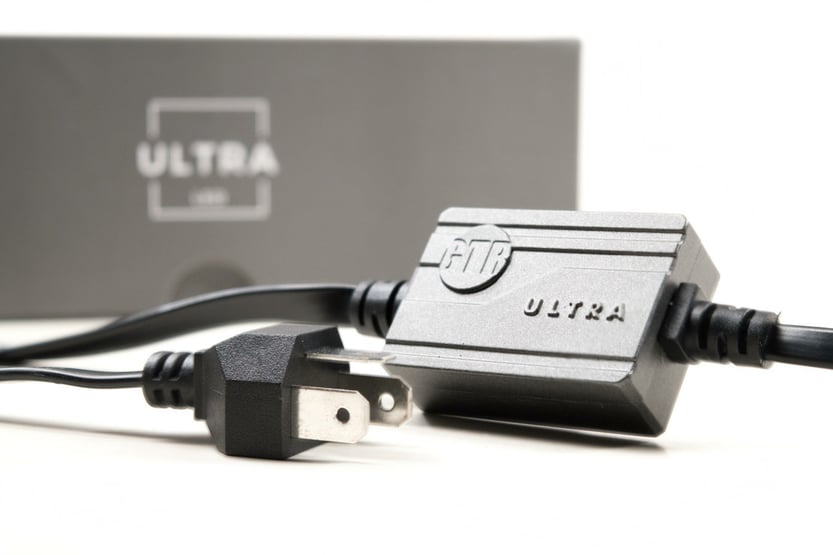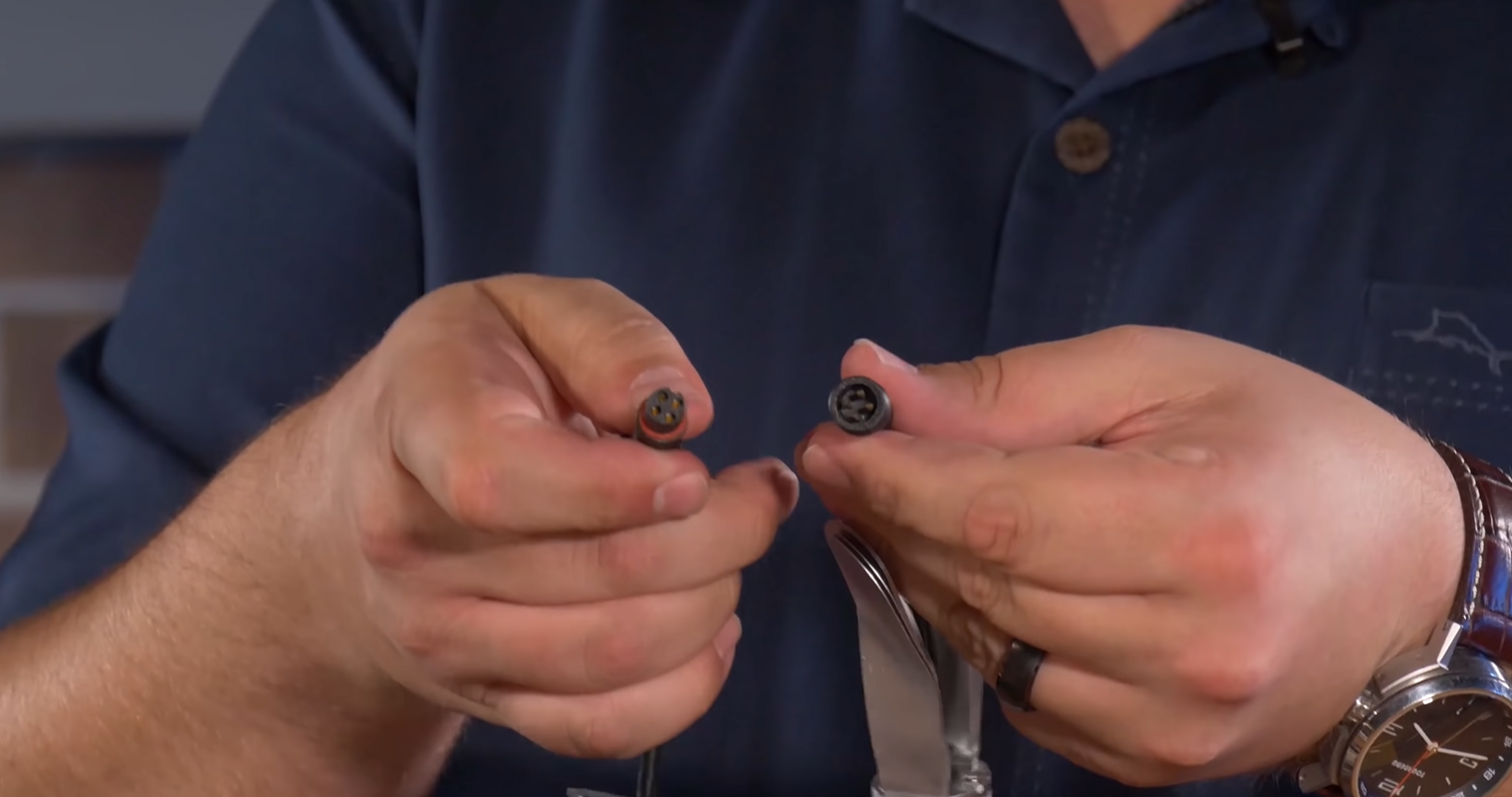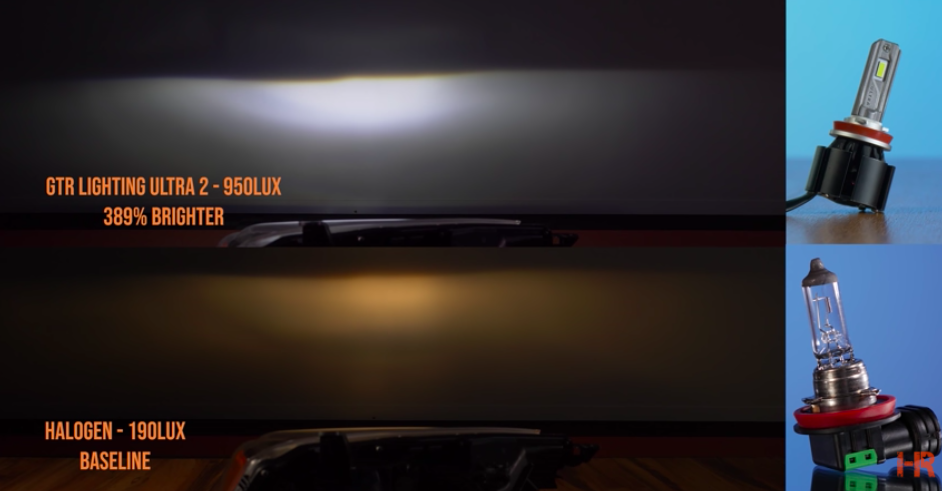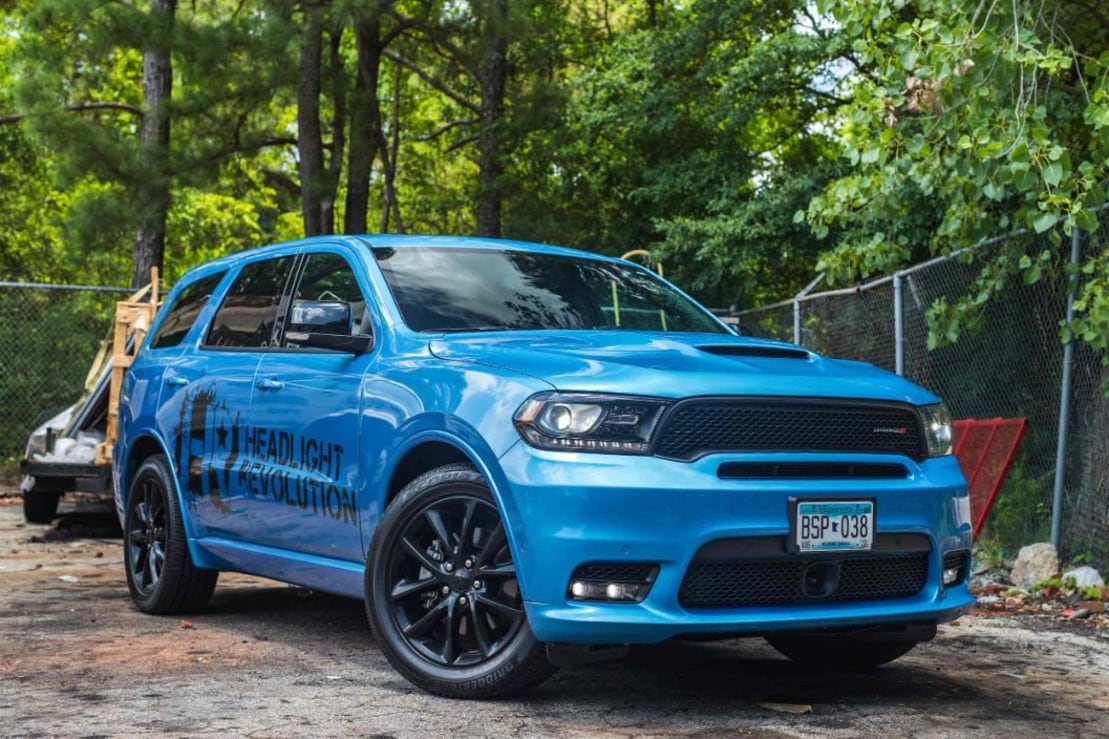Let's face it, diving into the world of LED bulbs for your car or truck can feel like you're swimming in a sea of confusion. With a staggering number of LED bulb options out there, it's easy to feel like a fish out of water. But don't worry, I've got your back! This guide is your lifeboat, providing you with the essential tips and tricks to consider when purchasing LED bulbs for your car or truck. So, buckle up and let's embark on this illuminating journey together.
Wiring: The Unsung Hero of LED Bulbs
First things first, let's talk about wiring. It's the heart of an LED bulb, connecting all the components and ensuring they function harmoniously. No matter how flashy an LED bulb might look, if it has shoddy wiring, it's a no-go.
For instance, connections that aren't waterproof can be a ticking time bomb. They're vulnerable to water damage, which can lead to short circuits and eventual bulb failure. This is especially problematic if you live in areas with harsh weather conditions, where your bulb is frequently exposed to the elements.
So, when you're on the hunt for LED bulbs, look for those with barrel connectors. These connectors are designed to be waterproof, providing a more reliable and durable solution. They screw on, creating a tight seal that keeps water at bay. This design significantly reduces the risk of bulb failure due to water damage.
LED Drivers: The Power Behind the Glow
LED drivers are the unsung heroes of LED bulbs. They're like the conductor of an orchestra, regulating the power to the LED, ensuring it performs at its best. Without a driver, an LED bulb is like a symphony without a conductor—it simply won't hit the right notes.
Bulbs without drivers are likely not to be as bright, as the drivers are responsible for pushing the LEDs to their optimal performance. Therefore, bulbs with drivers are generally a better choice. They ensure that the LEDs are driven hard, producing the brightest light output possible.
However, not all drivers are created equal. Some bulbs feature a disconnectable driver, which, while it may seem convenient, introduces another potential failure point. A bulb with a single, integrated driver is typically a more reliable choice.
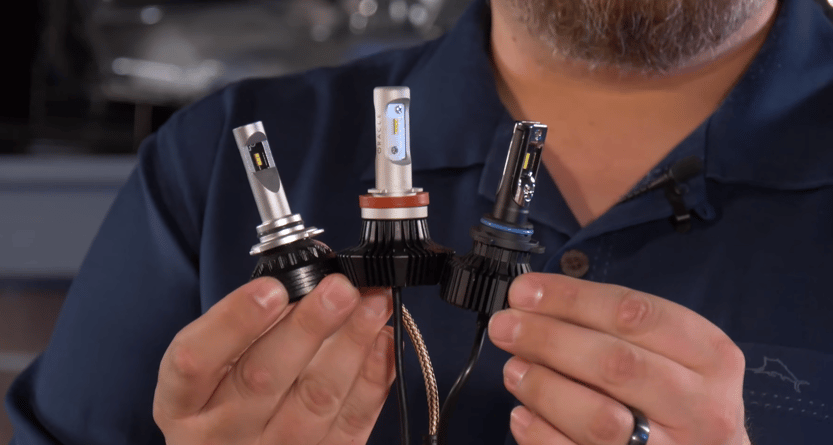
Cooling Mechanisms: Keeping Your LEDs Chill
The cooling mechanism of an LED bulb is another vital aspect to consider. LED bulbs generate heat, and without proper cooling, this heat can cause the bulb to fail prematurely. Therefore, the way an LED bulb is cooled plays a significant role in its lifespan and performance.
There are several ways that LED bulbs are cooled. Some use passive cooling, which relies on heat sinks to dissipate heat away from the bulb. Others use active cooling, which involves fans that actively blow heat away from the bulb.
Bulbs with fans on the backside are generally a good choice as they cool the bulb properly, allowing the brightness of the LED chips to be cranked up. However, it's important to note that fans can potentially fail, especially in harsh conditions where dirt and grime can clog the fan.
Therefore, if you're planning to use your car or truck in rough conditions, you might want to consider bulbs with braided heat sinks. These bulbs don't rely on moving parts for cooling, making them less prone to failure in harsh conditions. However, they might not be as bright as bulbs with fans, as they can't cool the LEDs as effectively, limiting how hard the LEDs can be driven.
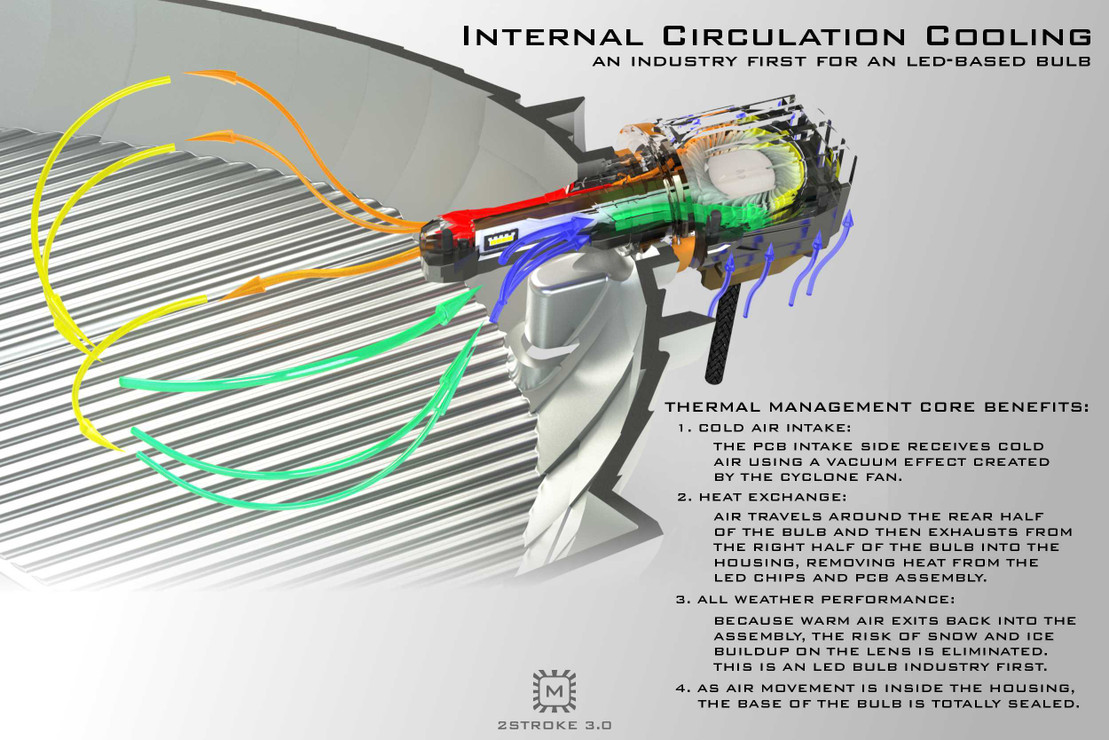
Chipset Placement: The Key to a Perfect Beam
The placement of the chips on the LED bulb is a crucial factor in determining the quality of light the bulb will produce. The LED bulb should ideally replicate the small wire wound filament in the center of your headlight housing. This filament is what glows in a halogen bulb, producing light.
Therefore, bulbs with small chips on two sides are the best choice. They most closely mimic the filament in a halogen bulb, producing a light pattern that is similar to the original bulb. This ensures that the light is focused where it needs to be, rather than being scattered all over, which can blind oncoming drivers.
It's important to note that more LEDs don't necessarily mean more light. A bulb with a large number of poor-quality chips might produce a lot of light, but this light will likely be scattered and unfocused. On the other hand, a bulb with fewer, high-quality chips can produce a bright, focused light that improves visibility without blinding other drivers.
The Need for a PWM Module in Newer Vehicles
If your vehicle is a 2010 model or newer and uses the low beam for a daytime running light, you will likely need a PWM (Pulse Width Modulation) module. This module prevents the LED from flickering, ensuring a steady light output.
Flickering can be distracting and potentially dangerous, reducing visibility and increasing the risk of accidents. Therefore, a PWM module is a crucial component for newer vehicles that use the low beam as a daytime running light.
The Assurance of a Warranty
While not a top priority, considering bulbs with a warranty is a good practice. A warranty indicates that the company stands behind the product they have created. It provides assurance that the company believes in the quality of their product and is willing to stand by it.
A warranty can save you money in the long run, as it covers the cost of replacing the bulb if it fails within the warranty period. Therefore, when shopping for LED bulbs, consider those that come with a warranty for added peace of mind.
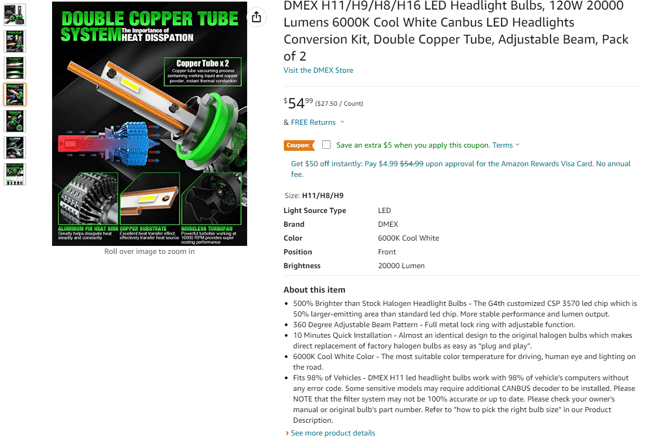
Beware of Misleading Lumen Claims
When shopping for LED bulbs, be wary of products claiming incredibly high lumen outputs. Lumens are a measure of the total amount of visible light emitted by a source. While a higher lumen output generally means a brighter bulb, some manufacturers exaggerate their lumen claims to make their bulbs seem brighter than they actually are.
Realistically, a single LED bulb will not produce 15,000 lumens. Use common sense when evaluating these claims. If a claim seems too good to be true, it probably is.
In conclusion, when shopping for LED bulbs for your car or truck, consider the wiring, the presence of an LED driver, the cooling mechanism, the chipset placement, the need for a PWM module, the availability of a warranty, and be wary of misleading lumen claims. By keeping these factors in mind, you can ensure you're purchasing a quality LED bulb that will serve you well, enhancing your driving experience and safety on the road. So, let's light up the road together, one LED bulb at a time!
